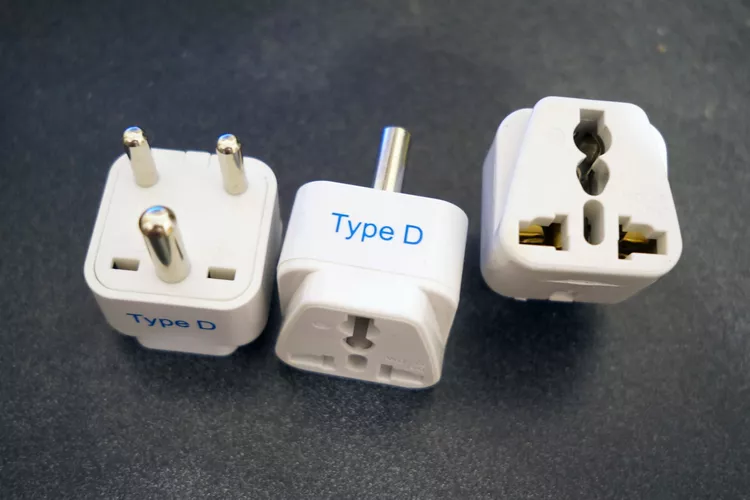Summary
Understanding Electrical Voltage in India
The voltage in India is 220 volts, alternating at 50 cycles (Hertz) per second. This voltage level is similar to that of most countries, including Australia, Europe, and the UK. However, it differs from the 110-120 volt standard used in the United States. Visitors to India need to be aware of these differences to avoid damaging their devices.
Voltage in India
If you plan to use an electronic appliance or device from the United States or any other country utilizing 110-120 volts, you will require a voltage converter and a plug adapter, provided your appliance does not support dual voltage. On the other hand, travelers coming from countries with 220-240 volts only need a plug adapter for their appliances.
Why is the Voltage in the US Different?
In the United States, most households receive 220 volts for large appliances, such as stoves and clothes dryers. Nevertheless, this voltage is split into 110 volts for smaller appliances.
Historically, electricity in the US operated on direct current (DC) when it was first introduced in the late 1880s. Thomas Edison developed this system, whereby current flows in a single direction. He chose 110 volts, which yielded optimal performance for light bulbs. However, DC transmission posed significant challenges over long distances due to voltage drop and conversion difficulties.
Nikola Tesla later introduced alternating current (AC) technology, allowing electricity to flow in multiple directions. This system facilitated reliable long-distance transmission and established 60 Hertz as the most effective frequency. The adoption of 240 volts in Europe took place in the 1950s for improved efficiency. Conversely, changing the standard in the US was deemed too expensive, especially since many households already owned various electrical appliances.
India follows the British standard, hence employing 220 volts for electrical distribution.
What Will Happen if You Try to Use Your US Appliances in India?
If a device is designed solely for 110 volts, plugging it into a 220-volt outlet will likely result in overheating, blowing a fuse, and, ultimately, burning out the appliance.
Today’s travel devices, such as laptop chargers, camera chargers, and cell phone chargers, frequently support dual voltage. Prior to your trip, confirm whether your device is compatible by checking for input voltage specifications such as 110-220 V or 110-240 V. In most instances, these devices can adjust the voltage automatically, though you might have to manually switch to 220 volts.
Regarding frequency, while it’s less critical, it’s worth noting that devices designed for 60 Hertz may operate slightly slower on a 50 Hertz supply.
The Solution: Converters and Transformers
If you intend to use an appliance that isn’t dual voltage, such as an iron or shaver, a voltage converter can reduce the voltage from 220 volts to the compatible 110 volts. Ensure the converter’s wattage output exceeds that of your appliance to avoid issues.
Additionally, products like the Bestek Power Converter are recommended. However, these converters typically aren’t suitable for high-wattage appliances such as hair dryers or curling irons, which will require more robust converters.
For prolonged use of devices with complex circuitry like computers or televisions, a voltage transformer is necessary, tailored to the wattage of the appliance.
Devices compatible with dual voltage come equipped with their own built-in transformers or converters, requiring only a plug adapter to connect to Indian outlets. Note that plug adapters facilitate connection to wall outlets but do not convert voltage.





